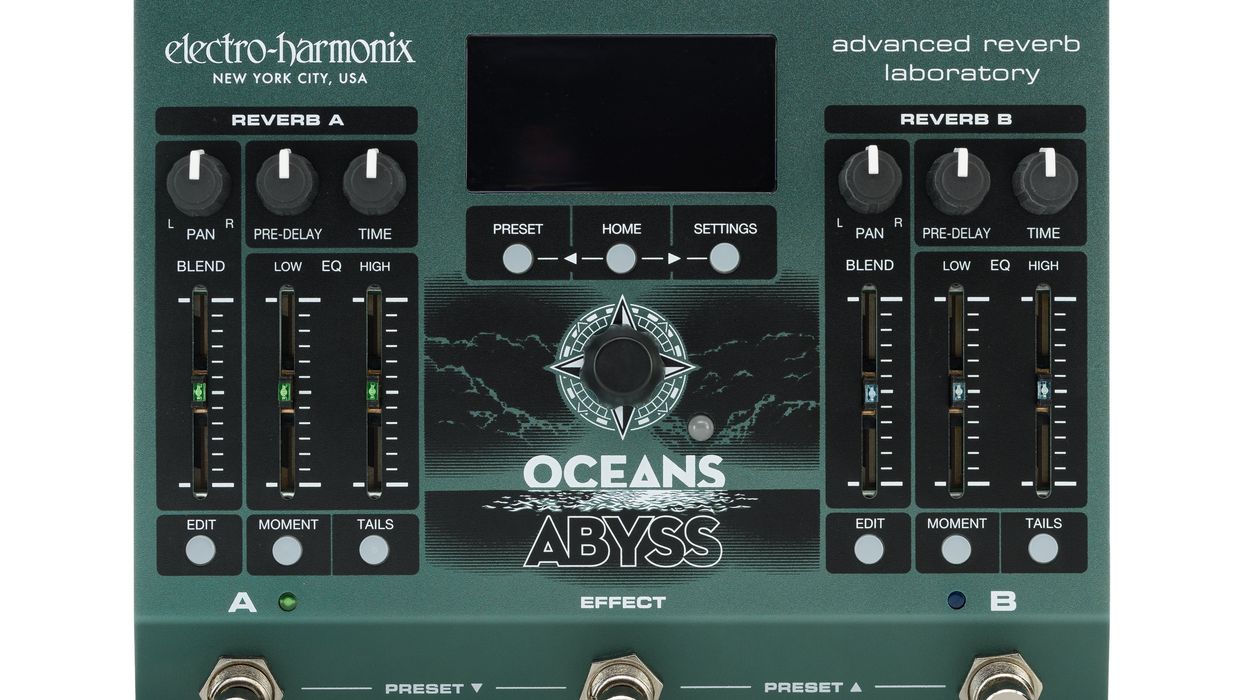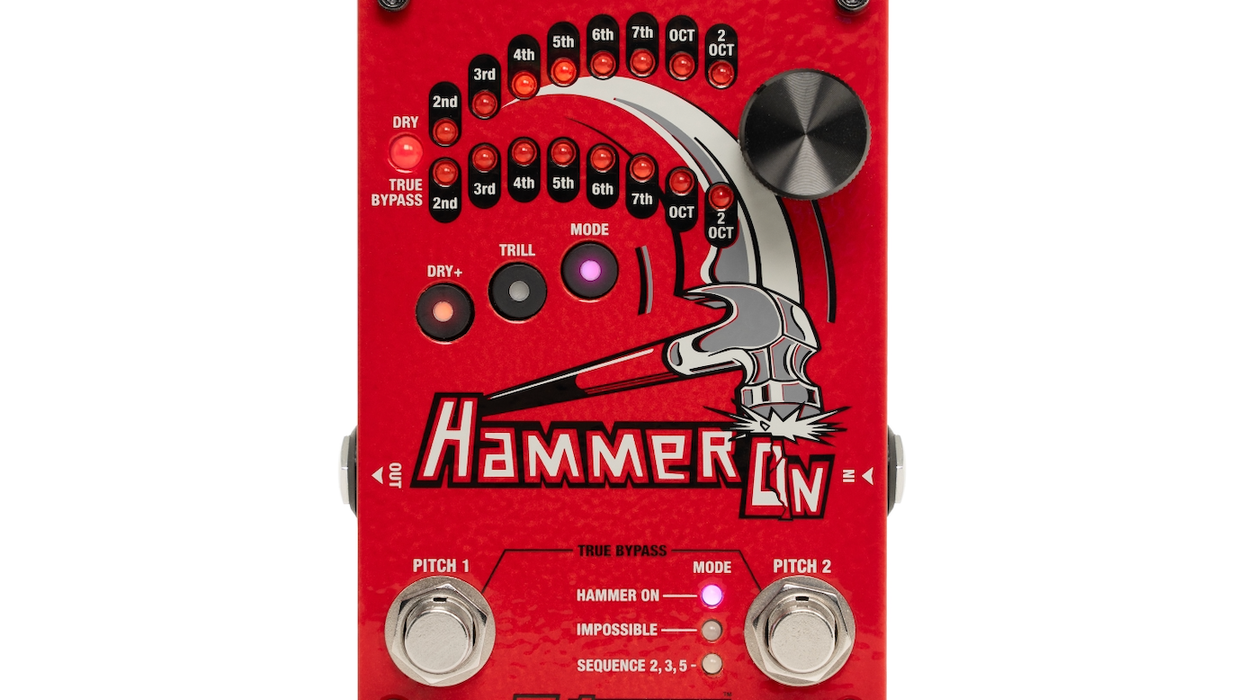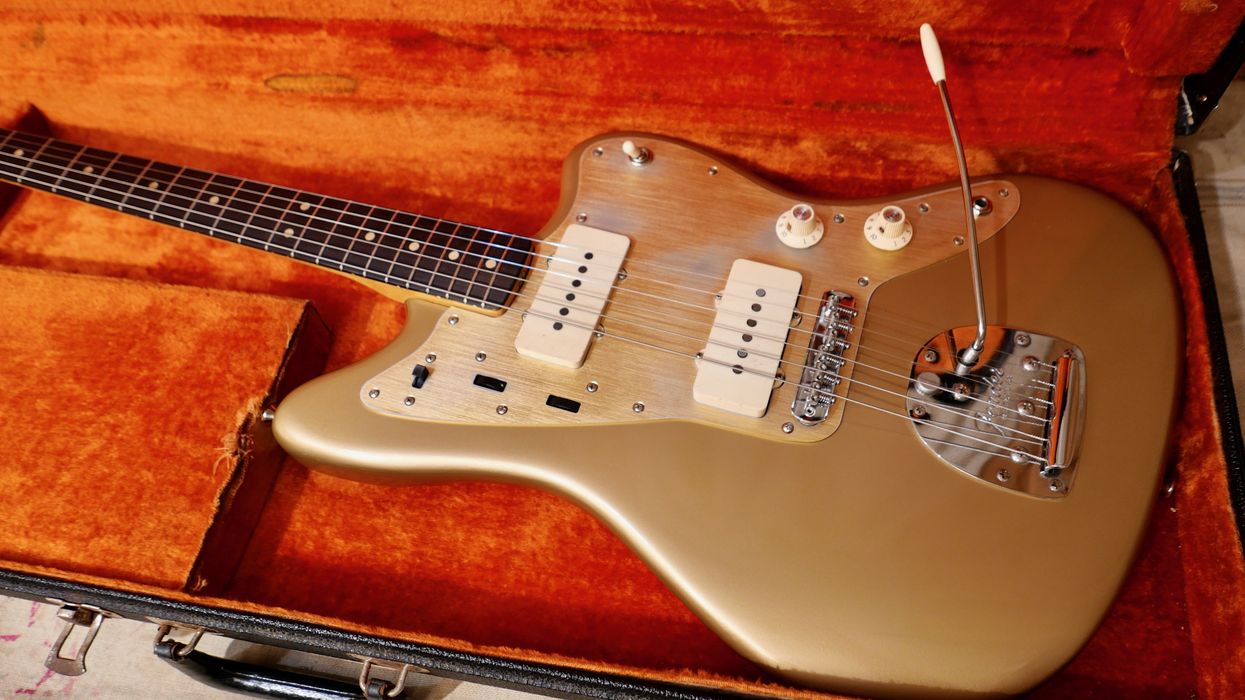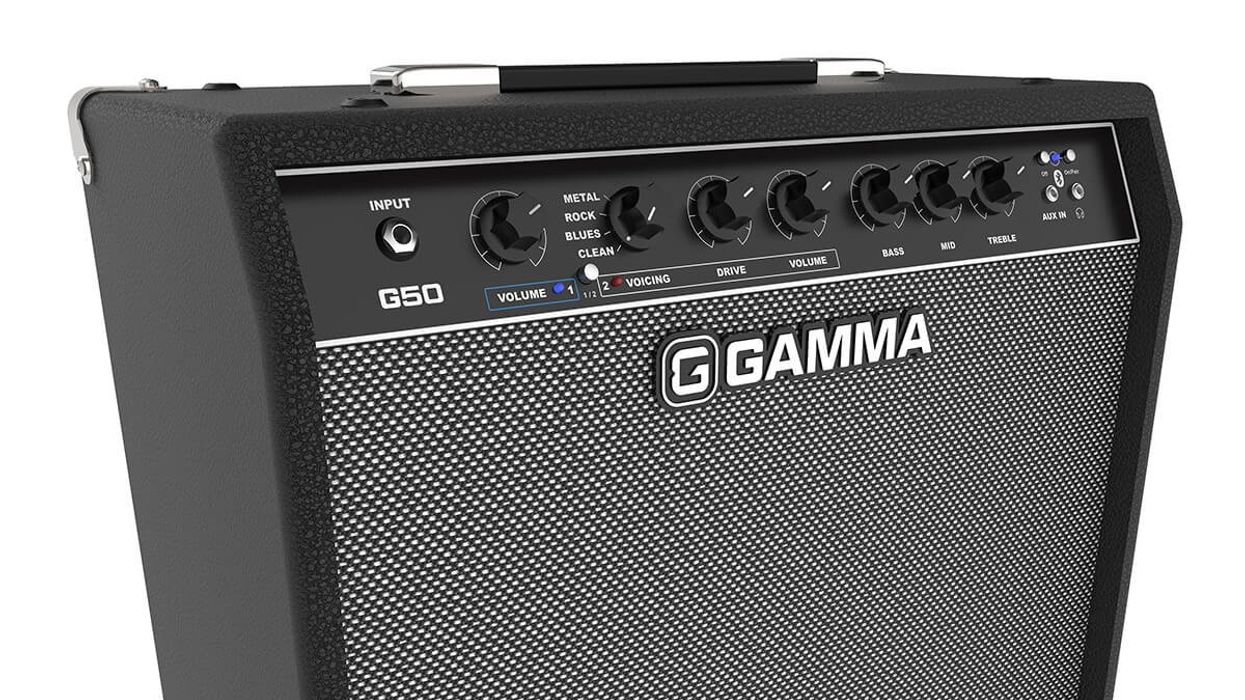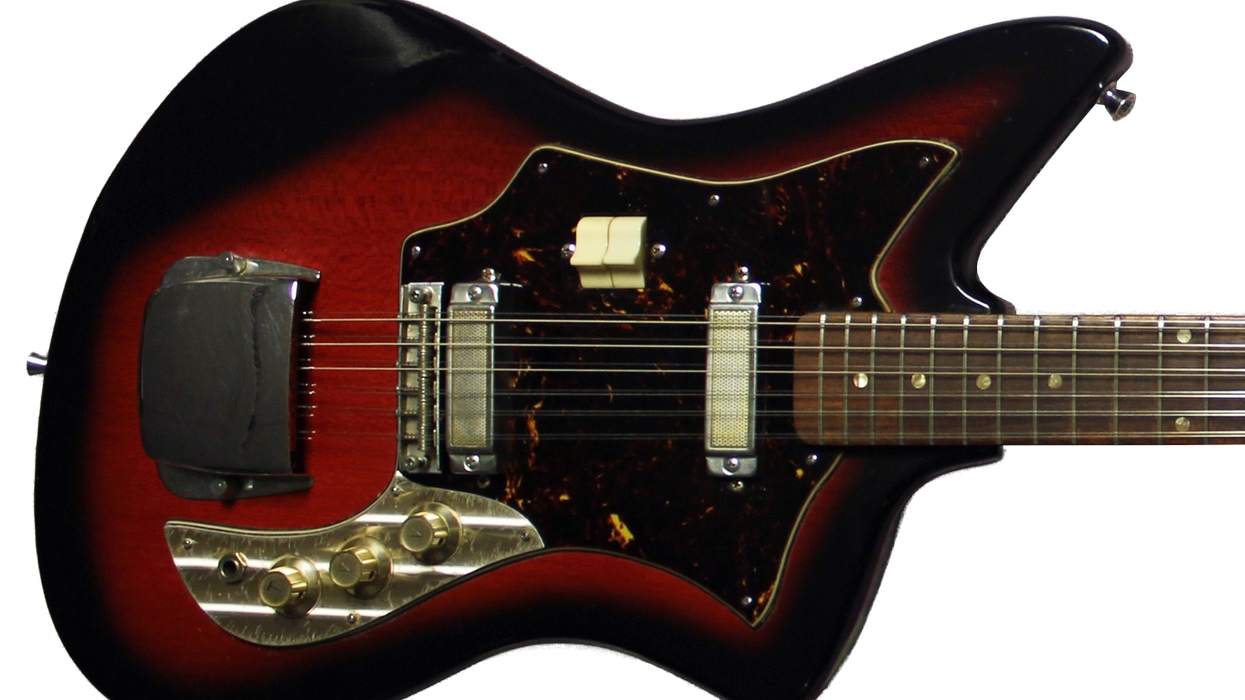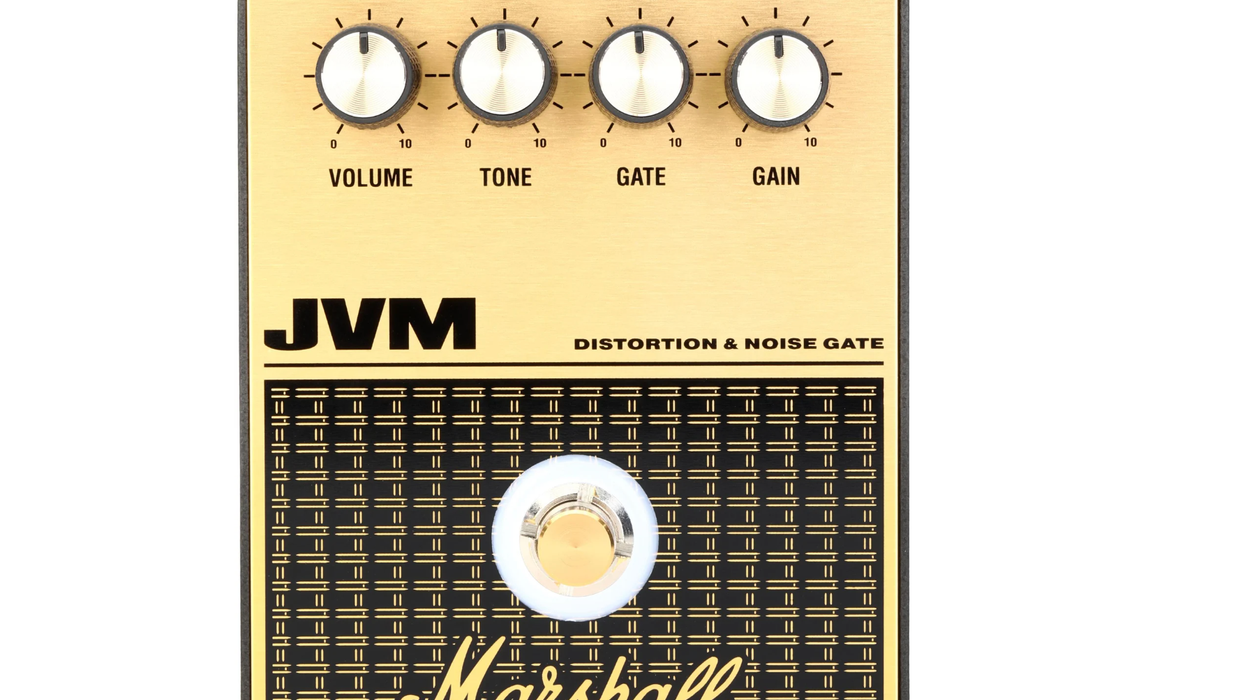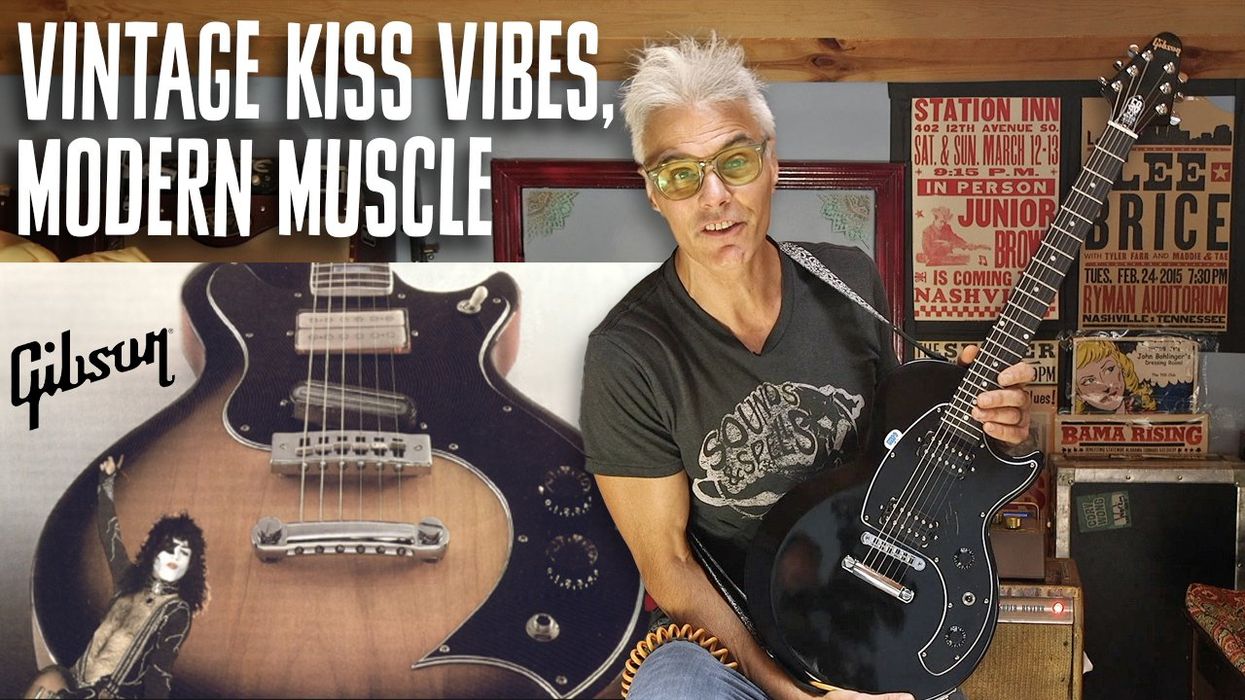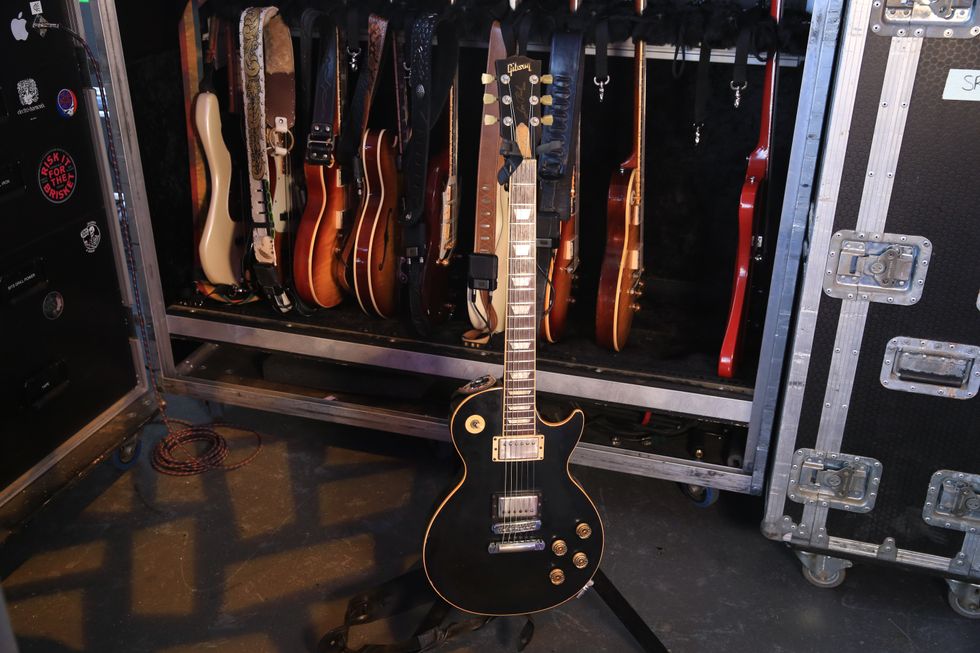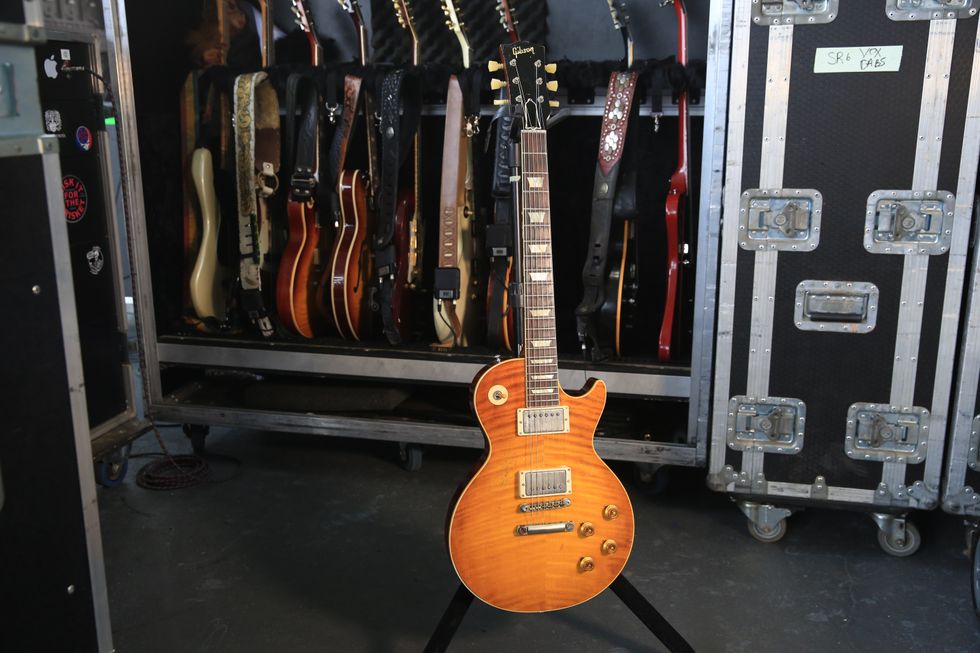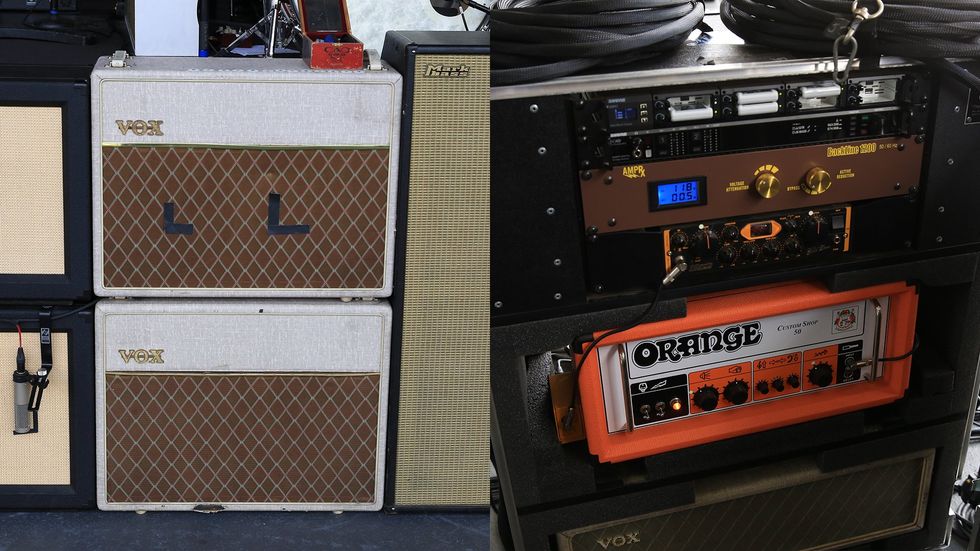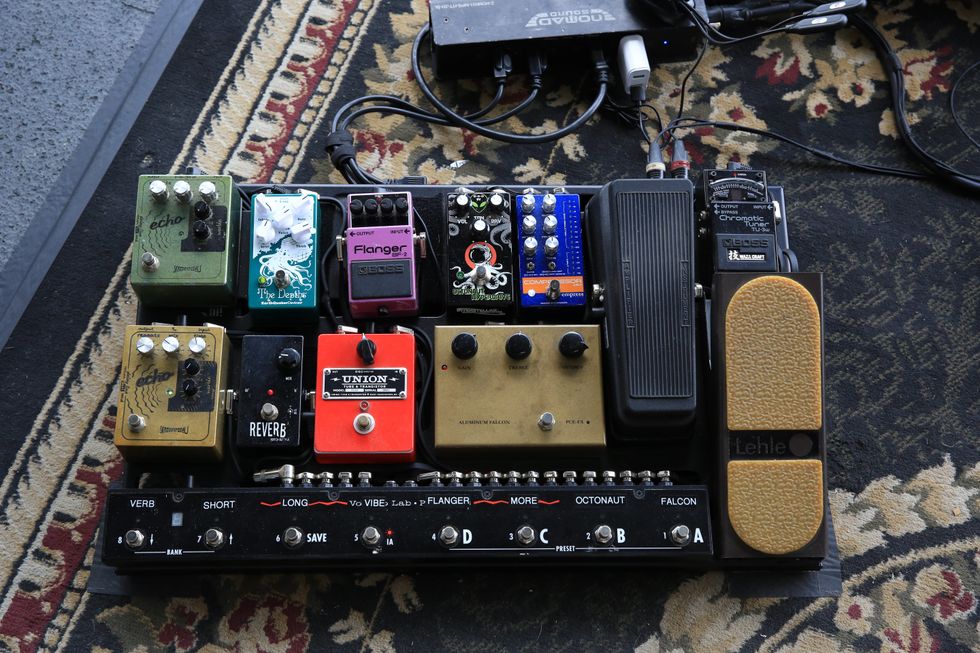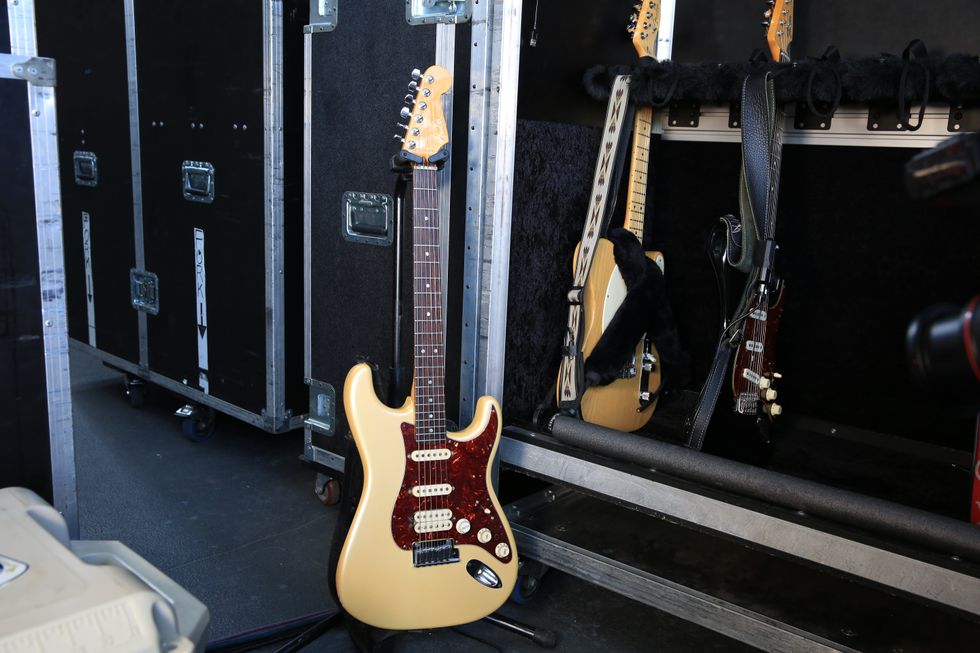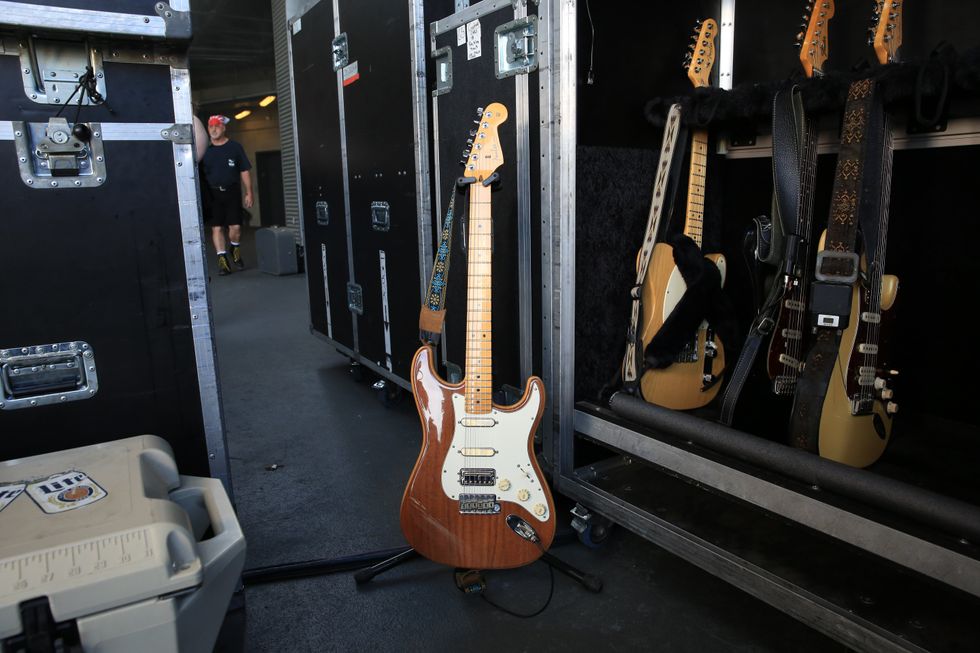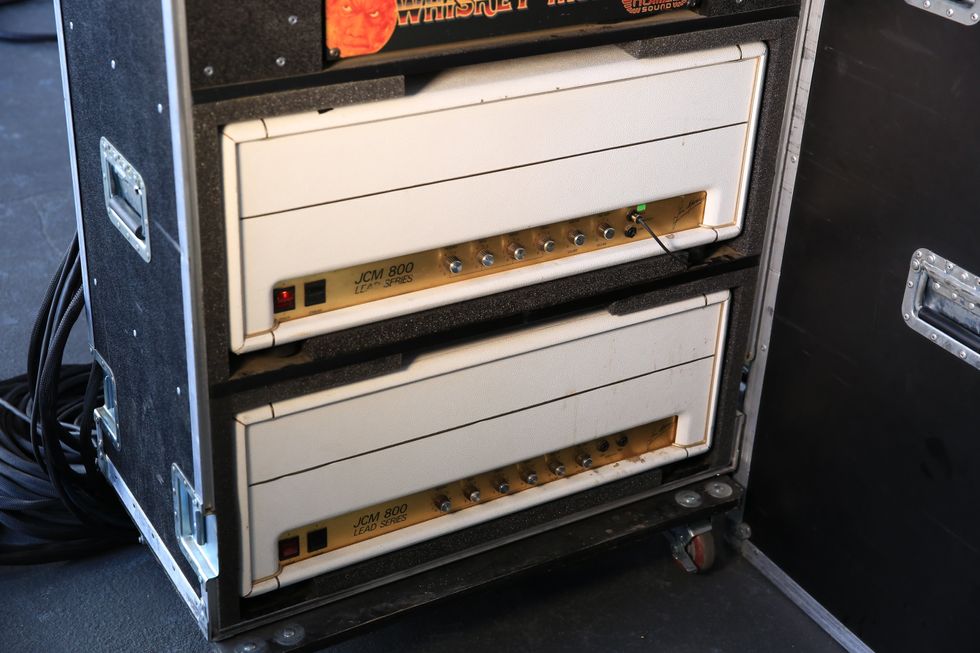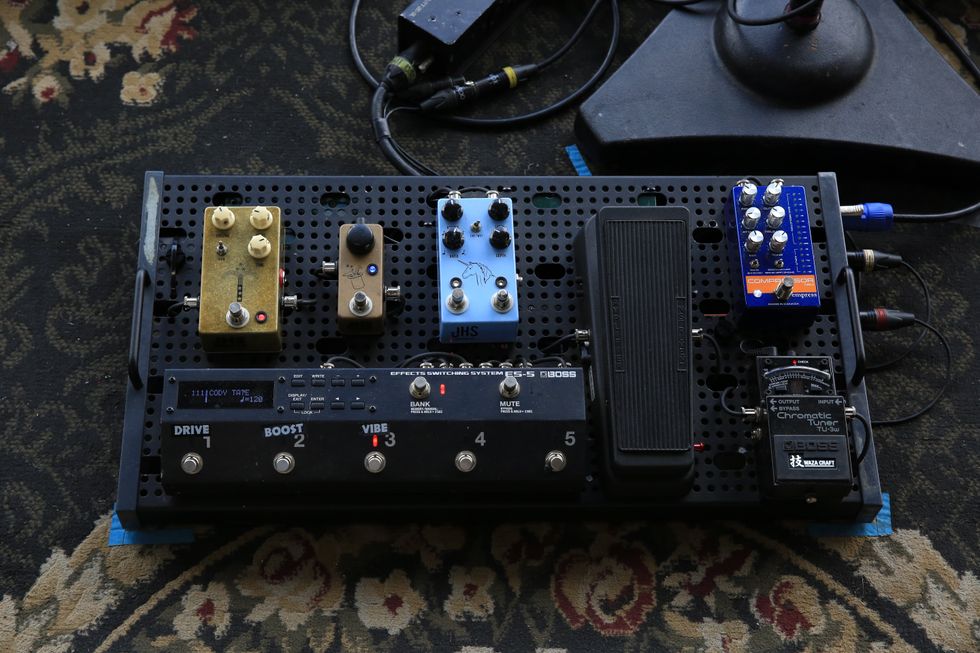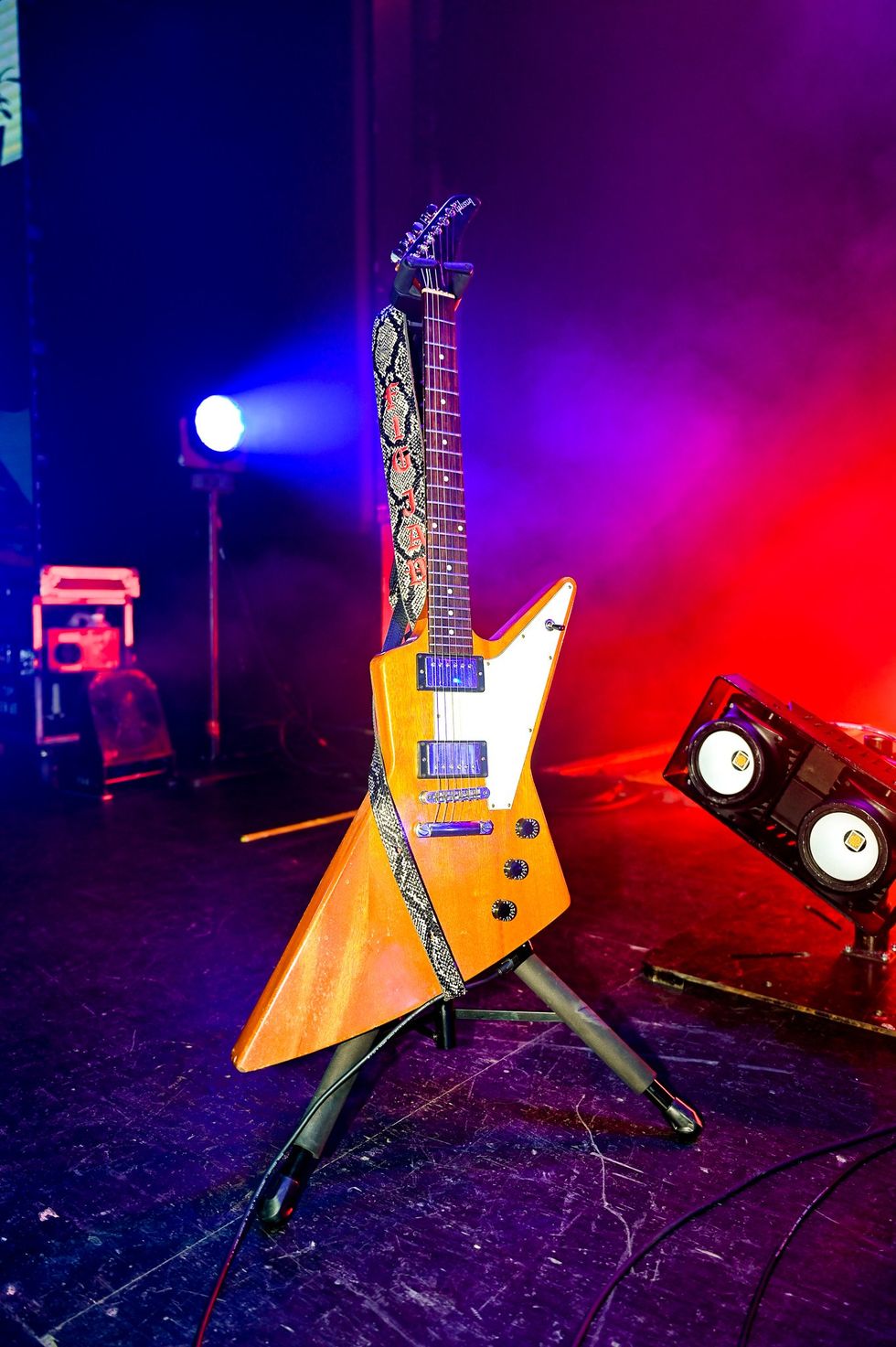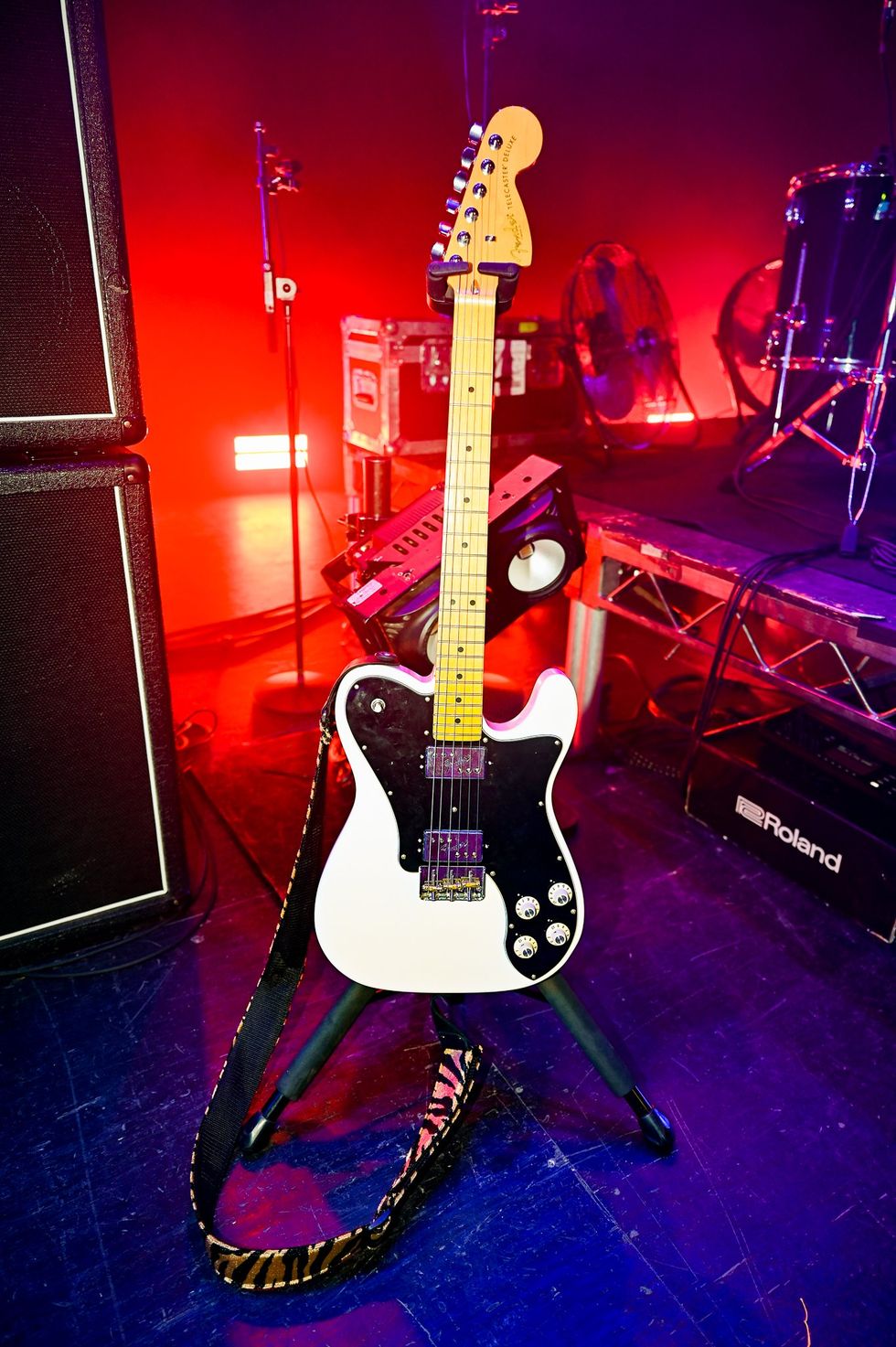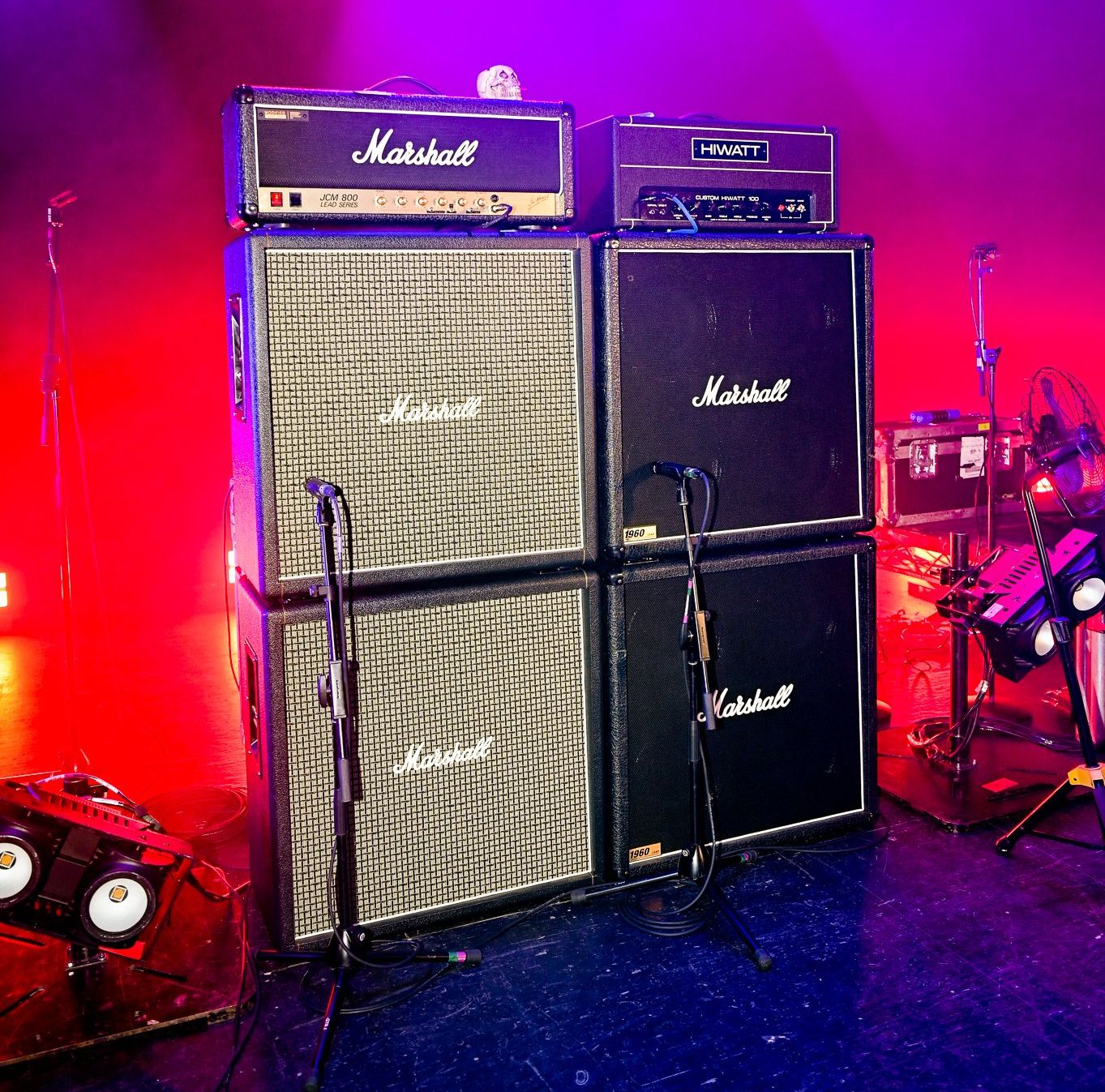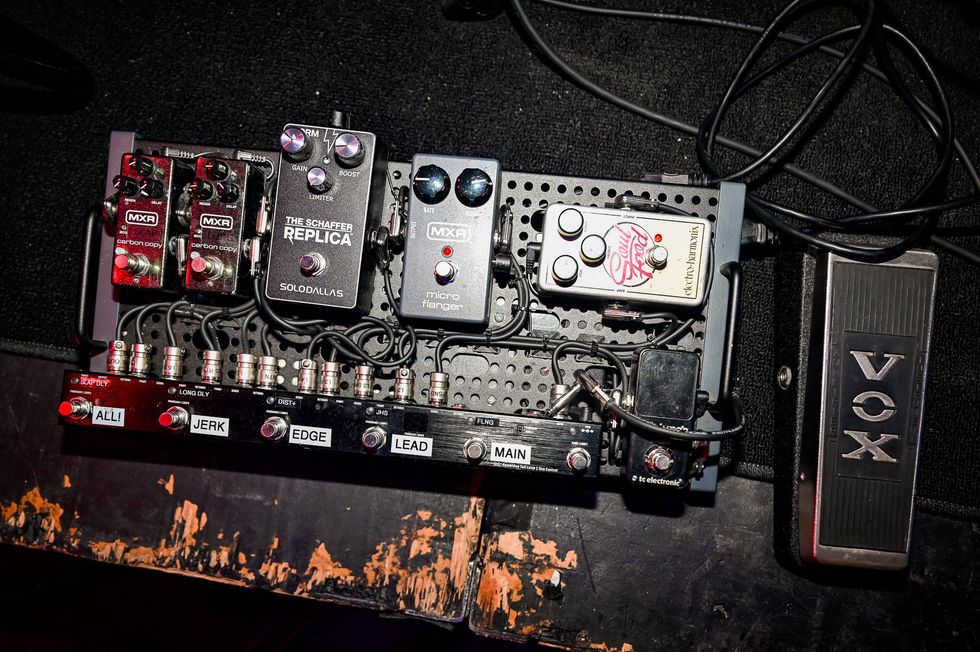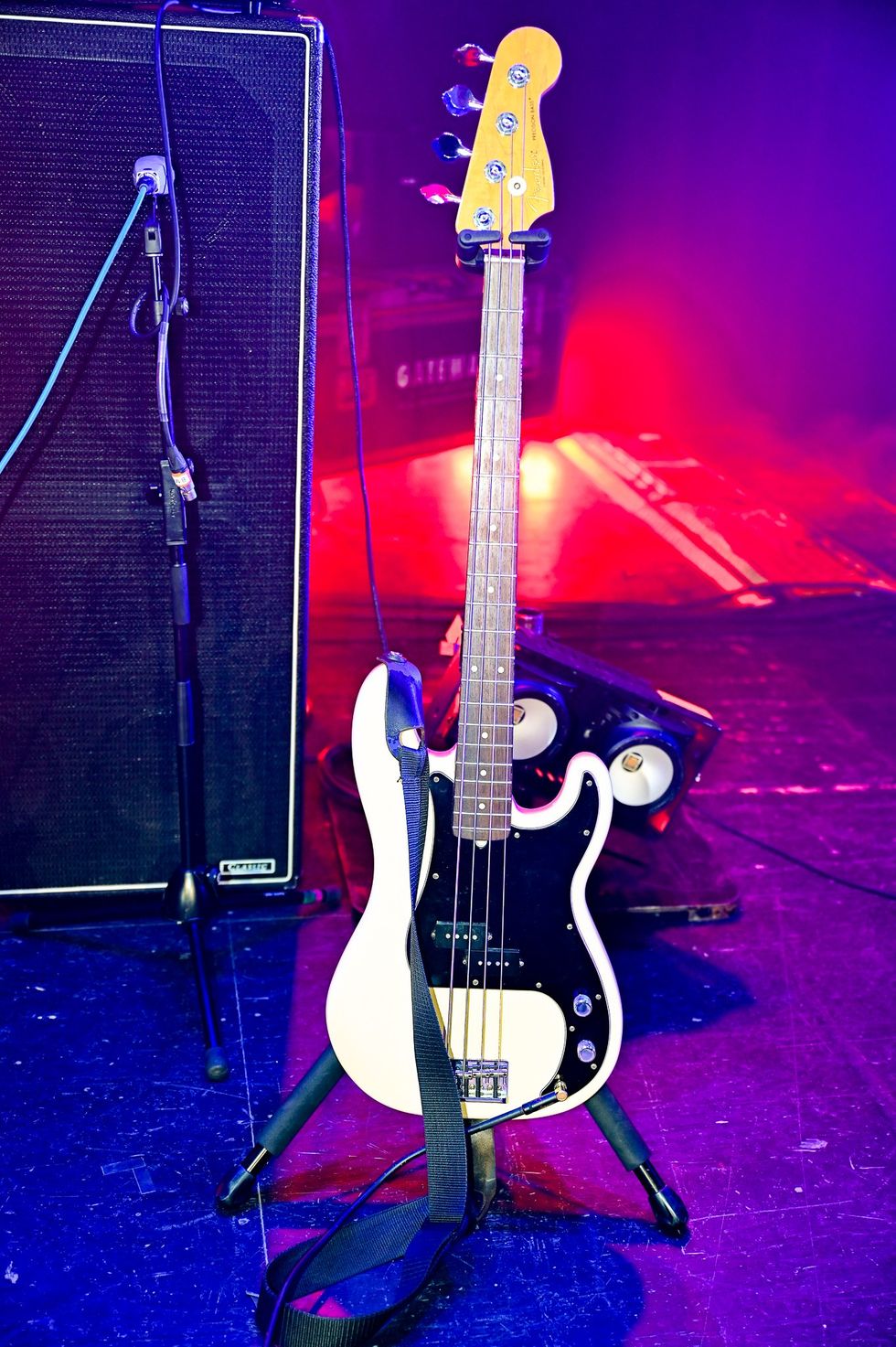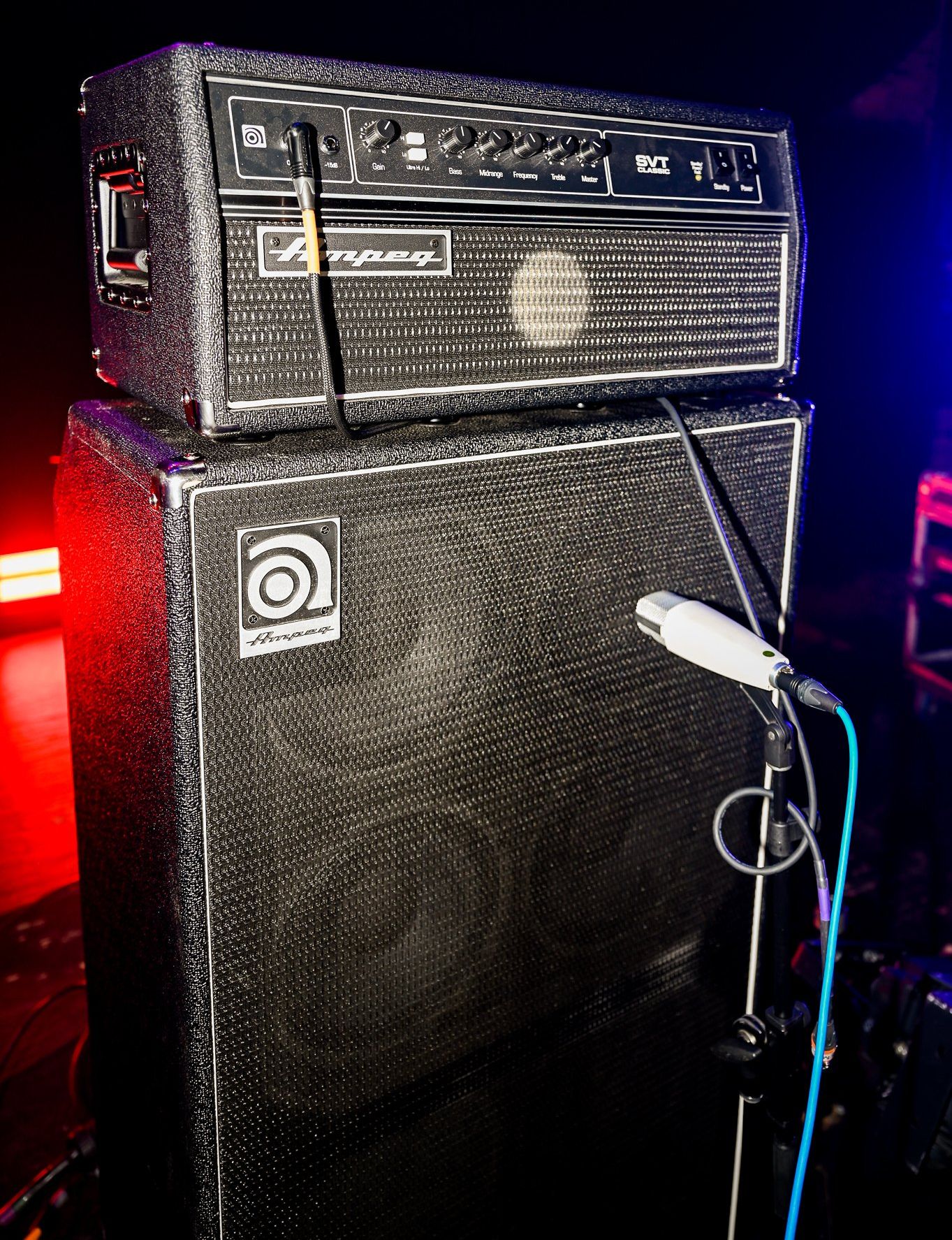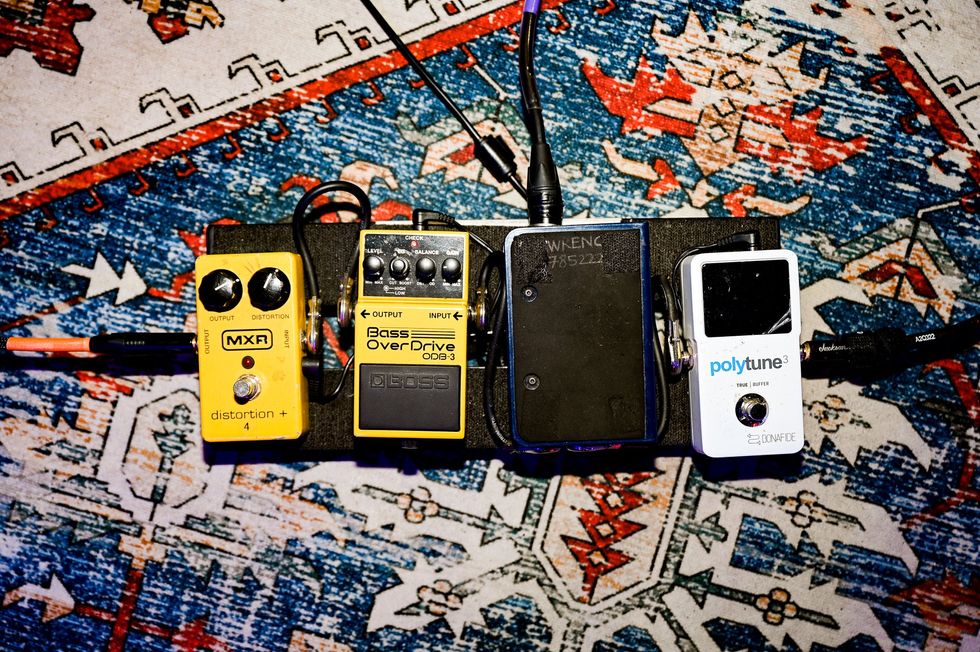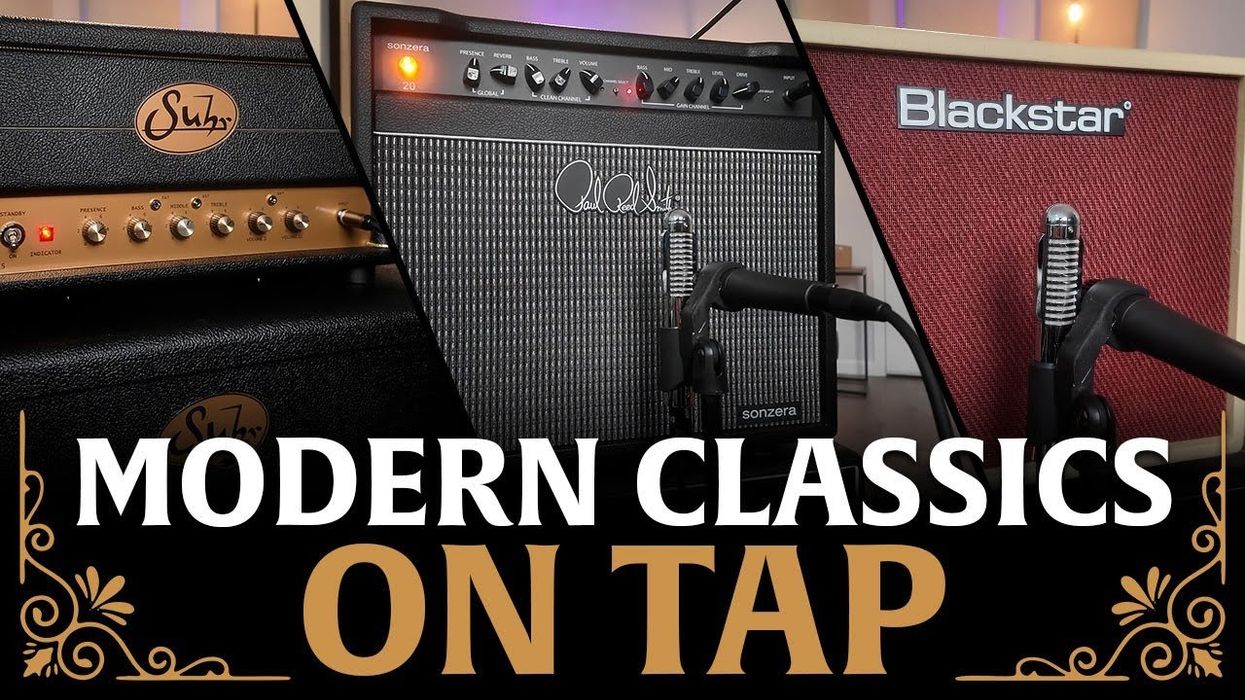Thinline archtops like the Loar LH-301T are odd birds. They don’t invite lightning-quick blues-rock ripping like say, a Tune-O-Matic-equipped ES-335 or have the high-volume, feedback resistant potential of a solidbody. But they have an idiosyncratic playability and sound that makes them a perfect vehicle for jump blues, country swing, jazz, and dirty, high-octane slide work.
In creative hands, they’re capable of less dogmatically constrained applications too. And their resonant bodies, fast decay, and compact snappy attack can be an incredible blank slate for looping guitarists, drone-loving experimentalists, and African and Indian music-inspired sonic adventurers. At just under 500 bucks, the Loar LH-310T is priced to be a very appealing to players who even just dabble in the aforementioned styles.
Hats Off to Kalamazoo
The LH-301T is a very respectful homage to the Gibson ES-125T, an understated stalwart of the Gibson line in the ’50s and ’60s that, until recently, was a relative bargain on the vintage market. The uptick in ES-125T prices may well have motivated The Loar to build a version of their own. But the company’s copious experience with Gibson ES-150- and L5-inspired archtops certainly explains the faithfulness of execution here.
The Loar is pretty thing to look at. The glossy sunburst polyester finish gave the laminated maple top an almost liquid look that shifts beautifully under the light—enhancing the understated but uptown-luxurious lines. The laminated maple back is a little less attractive, and a slightly darker stain might have called less attention to an odd grain pattern that looks just a touch less classically authentic. That said, The Loar nailed it where it counts. This guitar is gorgeous from the front.
The Loar paid plenty of attention to vintage-authentic touches elsewhere on the guitar. The ebony bridge and beautifully carved compensated saddle are held in place by string tension in classic archtop style. Tuners are three-on-a-side TonePros Klusons, which feel just a touch stubborn at times but do an excellent job of holding strings in pitch. The neck feels a little more contemporary—like a cross between a deep “C” and a “D” profile. But the dog ear Loar P-90 looks cool, and just a bit menacing too—like the brass knuckles in the side pocket of well-tailored suit.
Folk, Blues, and Beyond
It’s almost impossible to pick up the Loar and not launch into a barrage of minor 9 chords and bop melodies. And why not? They sound great coming out of this guitar—especially through a blackface Fender amp and the tone rolled way back. The Loar is very dynamically responsive to shifts between choppy muted chords and stabbing lead runs and smokier lingering chords and sustained octaves.
Ratings
Pros:
Reasonably priced. Surprisingly wide tonal vocabulary.
Cons:
Will feel a little stiff to bend-happy players.
Tones:
Playability:
Build/Design:
Value:
Street:
$499
The Loar LH-301T
theloar.com
The same husky airiness is killer for greasy blues slide moves. And if you’re interested in pursuing Jack White or R.L. Burnside’s wild-and-hairy take on the style—complete with a fuzz or dirty boost out front—the Loar and the P-90 will happily occupy the zone that teeters between an explosion of overtones and feedback.
It’s in less traditional applications of the thin archtop voice that the Loar proves its true versatility, however. The fast decay and snappy, bell like quality of the output when you take off a touch of tone and volume is perfect for Ethio-jazz and Ghanese high life melodies. Playing these styles with a delay revealed another secret power of the Loar: its cool symbiotic relationship with echo. The Loar’s fast decay and warm, dry tones mean you can use medium-to-long delay times and expansive repeat patterns without creating a dissonant harmonic jumble (especially with a clean delay). In looping and layering applications, this is invaluable. Creating my own personal dub reggae guitar symphony with the Loar, a Boss delay, and a DigiTech JamMan was an absolute joy.
The Verdict
Yanking a LH-301T off the wall and playing a few blues licks won’t reveal much in the way of hidden magic. And with a less-than-bend-friendly feel and a classic design that sounds best with a wound G string, it doesn’t readily reward a standard blues-rock approach. But with an open mind and an intrepid playing approach you can extract a trove of tone possibilities from this handsome archtop. If you’re a traditionalist, the LH-301T will crank out authentic bop, jump blues, and swing for days. But this well-built archtop will do much, much more. And for just $499 bucks, exploring so much uncharted six-string territory has rarely been less of a fiscal risk.
Watch our Review Demo:







